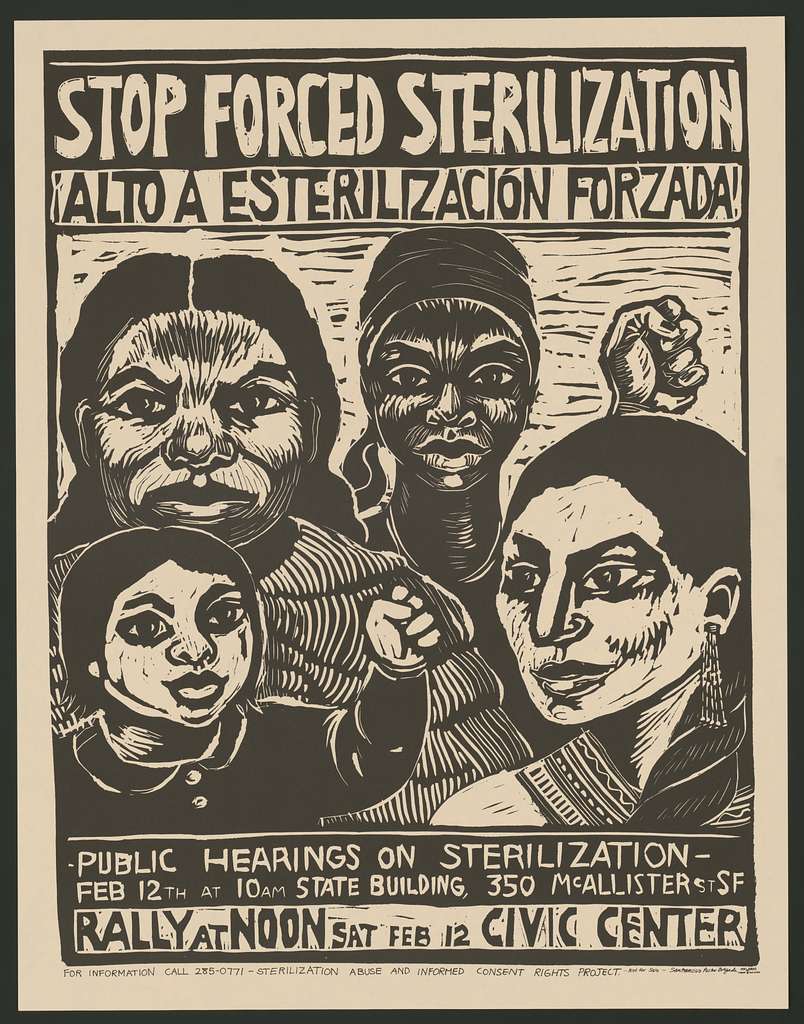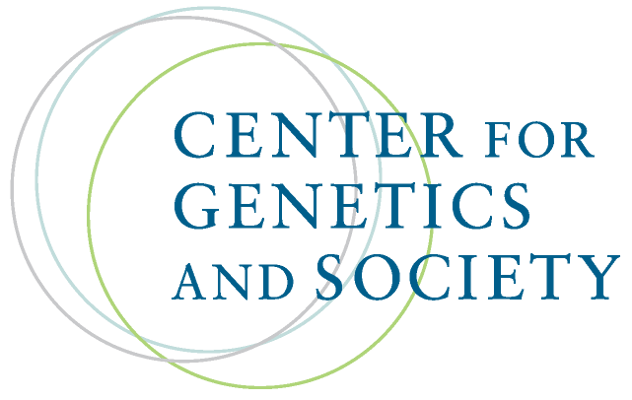It’s Time to End Forced Sterilization—And Write a New Reproductive Equity Story by and for Disabled People
By Ma’ayan Anafi,
National Women's Law Center
| 05. 22. 2024
Just under a century ago this May, the Supreme Court handed down an infamous ruling upholding a Virginia law that allowed the forced sterilization of a woman named Carrie Buck. In doing so, it offered its full-throated approval for the ongoing mass sterilizations that were happening all over the country. During the heyday of the eugenics movement, nearly 70,000 people were sterilized against their will—mostly people who were, like Carrie Buck, disabled or perceived as such, and disproportionately Black and brown women.
The story that we’re told about forced sterilization—if we’re told the story at all—is that it was confined to that dark period in history, rising and falling with the popularity of eugenics. But the truth is that forced sterilization is far from a thing of the past. Laws allowing the forced sterilization of disabled people exist right now, all over the country. As we revealed in a 2022 report, the majority of states—31 plus Washington, D.C.,—have laws in place allowing the forced sterilization of disabled people today.
These laws aren’t eugenics-era relics still kicking around from a...
Related Articles
By Shoshanna Ehrlich, Ms. Magazine | 04.15.2025
Promotional image from Natalism.org
A month into President Donald Trump’s second term, Sean Duffy, the newly appointed secretary of the Department of Transportation (DOT), issued a memo declaring that “DOT-supported or assisted state contracts shall prioritize projects and goals...
By Charlotte Graham-Mclay, Associated Press | 04.11.2025
A woman in Australia unknowingly gave birth to a stranger’s baby after she received another patient’s embryo from her in vitro fertilization clinic due to “human error,” the clinic said.
The mix-up was discovered in February when the clinic in...
By Berkeley Lovelace Jr. and Abigail Brooks, NBC News | 04.02.2025
By Kevin Davies, Genetic Engineering & Biotechnology News | 03.27.2025
Around 2018–19, there was not a bigger science and ethical story than the debate over heritable human genome editing (HHGE) and the scandal over the “CRISPR babies.” The scientist, He Jiankui, who attempted to engineer the germline of human embryos...




